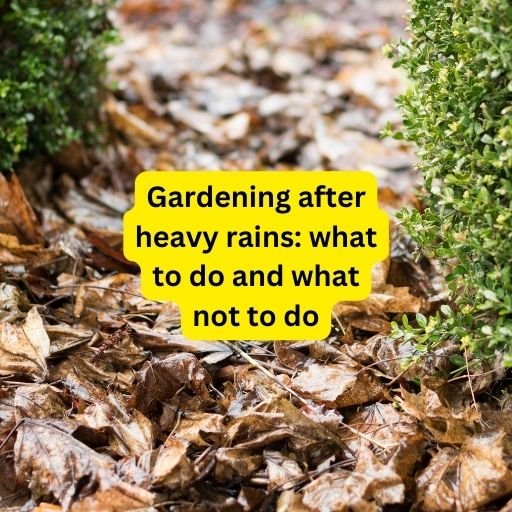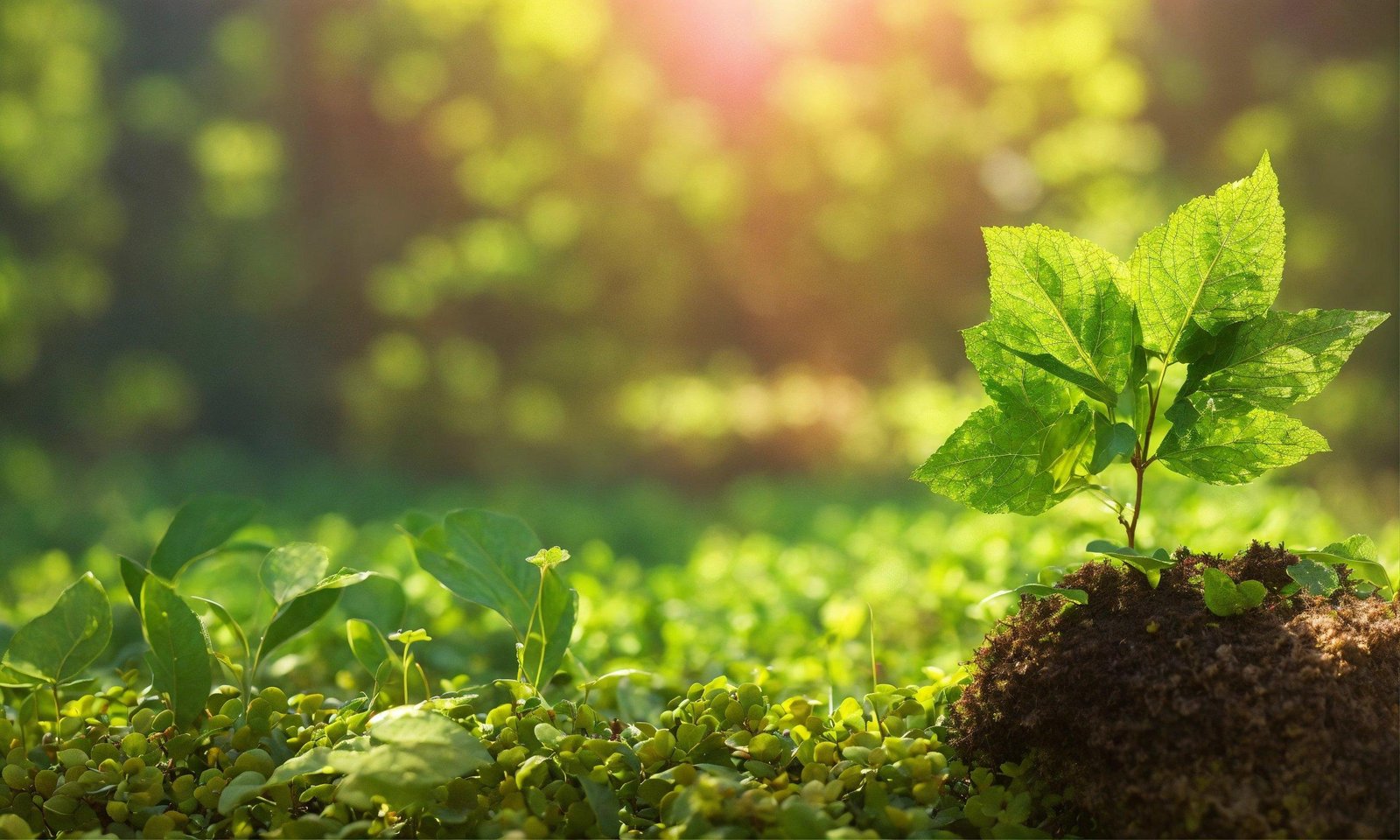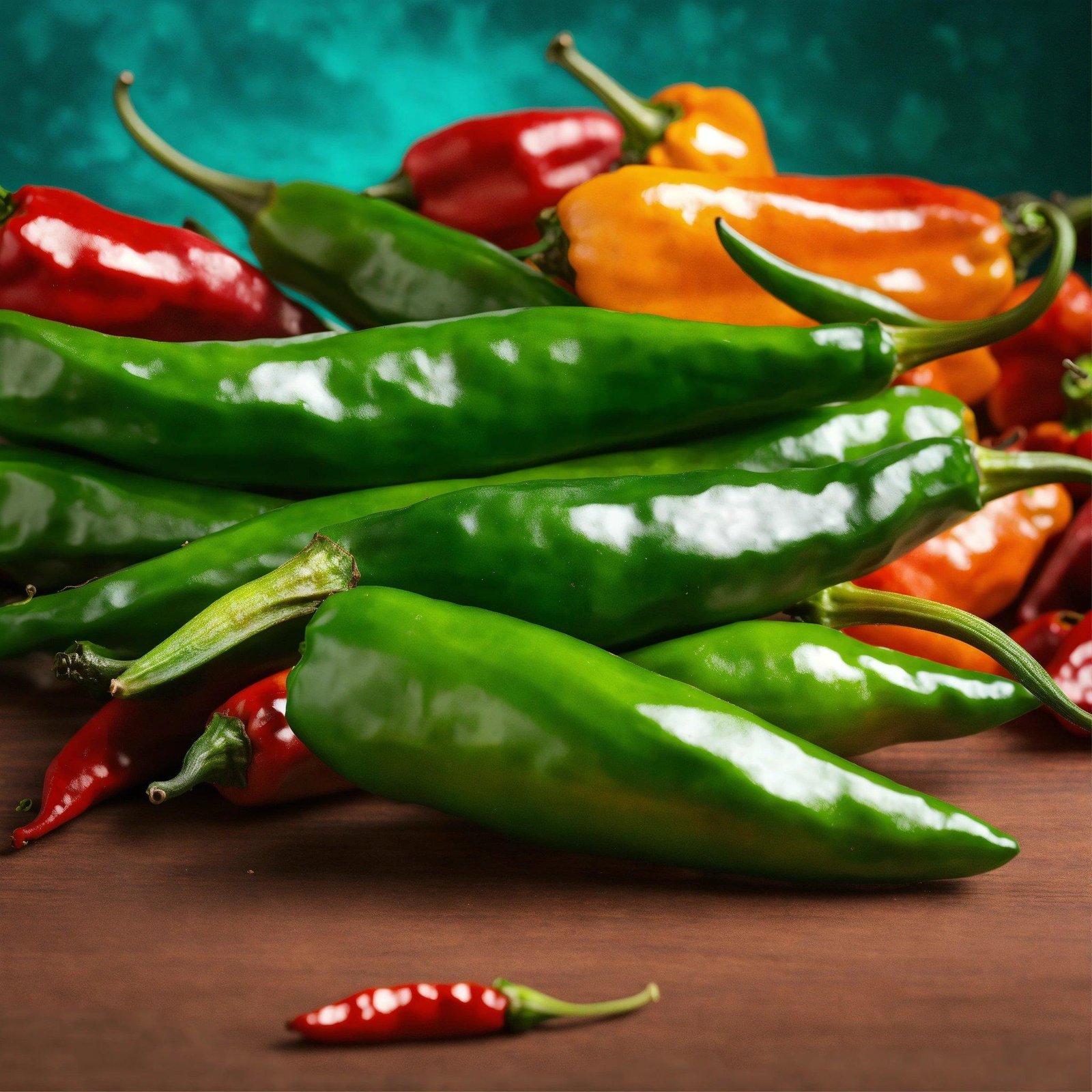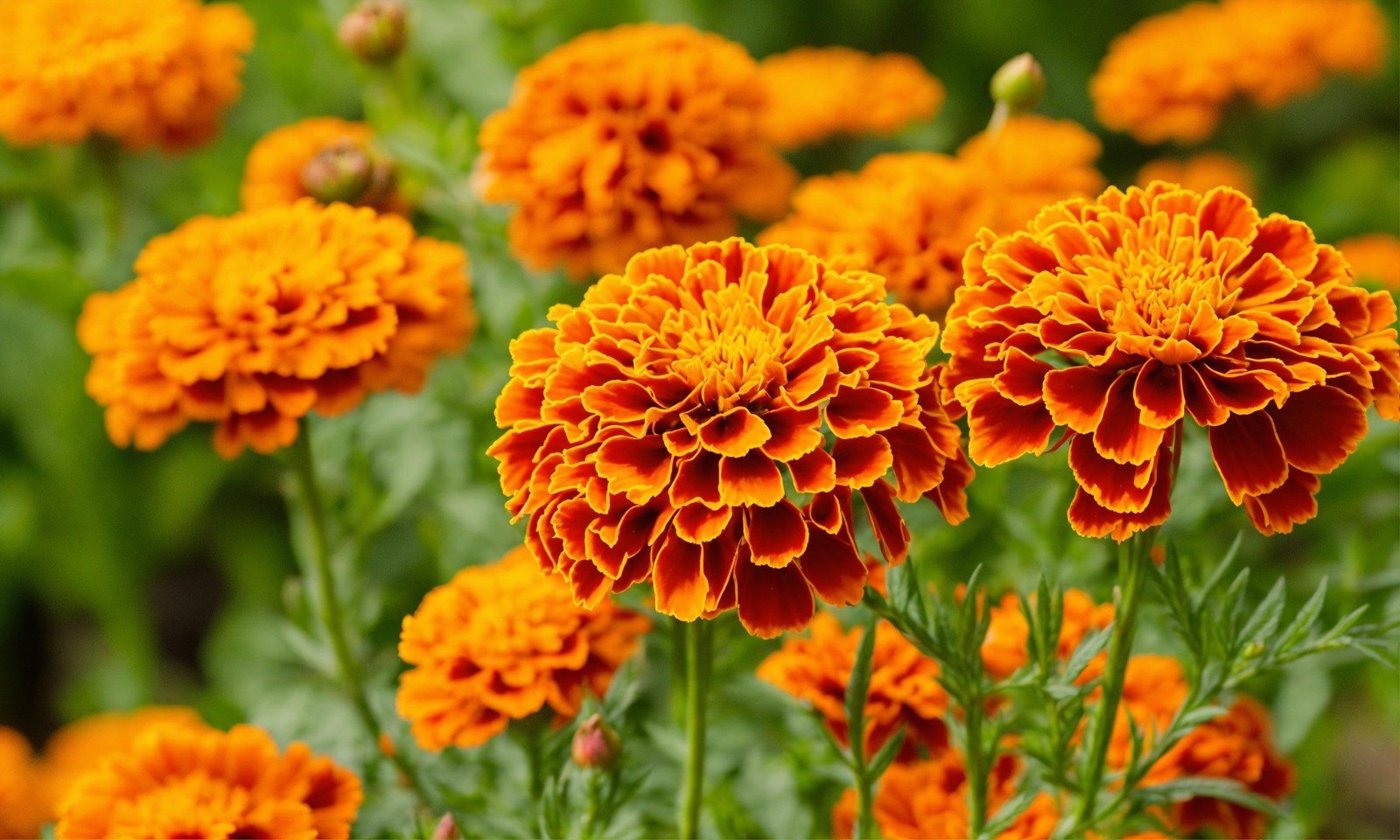Gardening after heavy rains
Gardening is a fulfilling hobby, but heavy rains can wreak havoc on your garden. Whether it’s flooded soil, waterlogged roots, or diseased plants, rain can cause many issues for your garden. To keep your garden healthy and beautiful, here are some do’s and don’ts to follow after heavy rains.
Do Drain Flooded Soil
If heavy rains have caused flooding in your garden, you need to drain the soil as soon as possible. Flooded soil can lead to root rot, which can kill your plants. You can drain the soil by digging a trench or using a pump. If you’re unable to drain the soil quickly, consider moving your plants to a higher area.

Don’t Overwater Your Plants
After heavy rains, it may seem counterintuitive, but it’s important not to overwater your plants. Overwatering can lead to waterlogged roots, which can also cause root rot. Be sure to check the soil moisture levels regularly and water your plants only when the soil is dry to the touch.
Do Remove Debris
After heavy rains, it’s important to remove any debris from your garden. Debris can harbor disease and pests, which can harm your plants. Use a rake or your hands to remove leaves, sticks, and other debris from your garden.
Don’t Plant New Seeds or Transplants
If you’ve had heavy rains, it’s best to wait a few days before planting new seeds or transplants. Planting in waterlogged soil can lead to poor root development and can cause the seeds or transplants to rot. Wait until the soil has drained and is dry to the touch before planting.
Do Check for Diseases and Pests
Heavy rains can cause diseases and pests to spread in your garden. Check your plants regularly for signs of disease, such as yellowing leaves, wilting, or mold. If you see any signs of disease, remove the infected plants and dispose of them properly to prevent the disease from spreading.
Don’t Forget to Fertilize
After heavy rains, your plants may need a boost of nutrients to recover. Fertilize your plants with a balanced fertilizer, such as 10-10-10. This will help your plants recover and grow stronger.
Do Prune Damaged Branches
If heavy rains have caused damage to your plants, it’s important to prune any damaged branches. Pruning will help your plants recover and will promote new growth. Be sure to make clean cuts and avoid leaving stubs, which can harbor disease.
In conclusion, following these dos and don’ts after heavy rains will help keep your garden healthy and beautiful. Whether it’s draining flooded soil, removing debris, or fertilizing your plants, taking these steps will help your garden recover from heavy rains and thrive.



